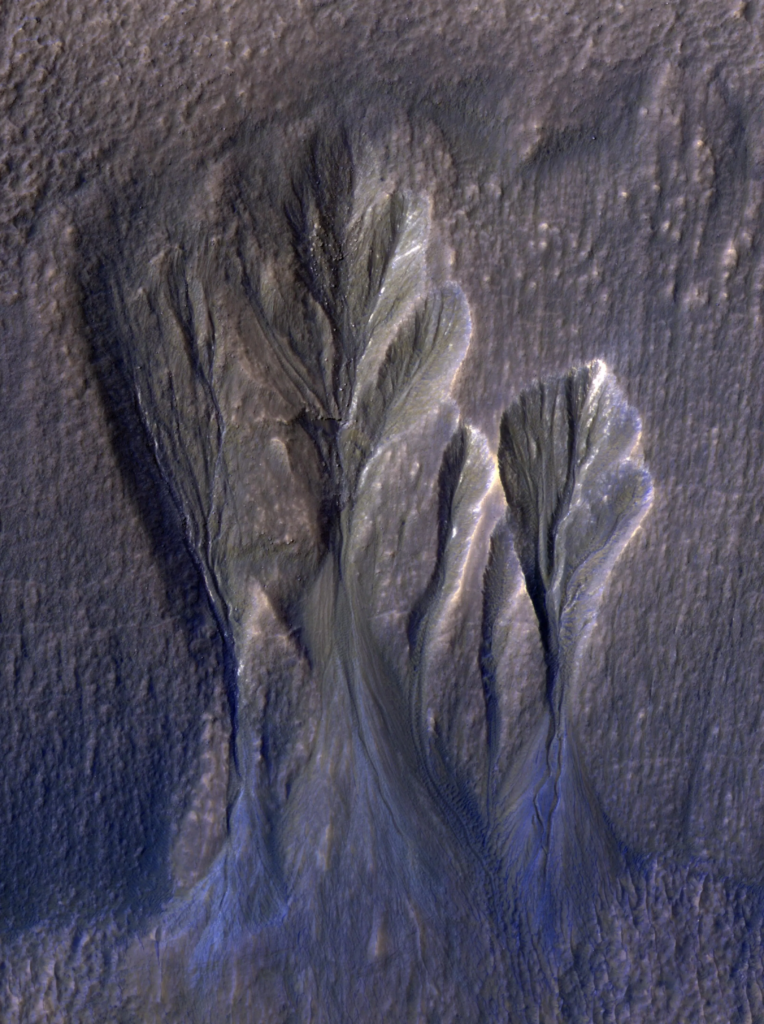18 October, 2024;While no direct evidence of life on Mars has been found, a groundbreaking NASA study suggests that microbial life could potentially exist beneath the planet’s frozen surface. This new research offers intriguing possibilities for life forms finding refuge in shallow pools of meltwater under Martian ice.

Using advanced computer modeling, scientists have demonstrated that sunlight penetrating through the planet’s icy surface could support photosynthesis in these sub-surface pools. On Earth, similar environments—pools of water that form within glaciers—are home to various life forms, including algae, fungi, and cyanobacteria, which all rely on photosynthesis for energy.
“If we’re searching for life beyond Earth, the ice-covered regions of Mars should be one of our primary targets,” said Aditya Khuller, lead author of the study from NASA’s Jet Propulsion Laboratory in Southern California.
Mars contains two types of ice: frozen water and frozen carbon dioxide. Khuller and his team focused on water ice, which accumulated from snow mixed with dust during Martian ice ages over the past million years. This ancient snow, now compressed into ice and laced with dust particles, offers a unique environment for potential life.
While the dust within the ice could block light from penetrating too deeply, it also plays a critical role in enabling the formation of meltwater. Darker dust particles absorb more sunlight than the surrounding ice, warming it enough to cause melting a few feet below the surface, which may create pockets of liquid water.
This discovery, published in Nature Communications Earth & Environment, opens new avenues in the search for life on Mars, specifically in these accessible icy regions that may offer the ideal conditions for life to survive today.


